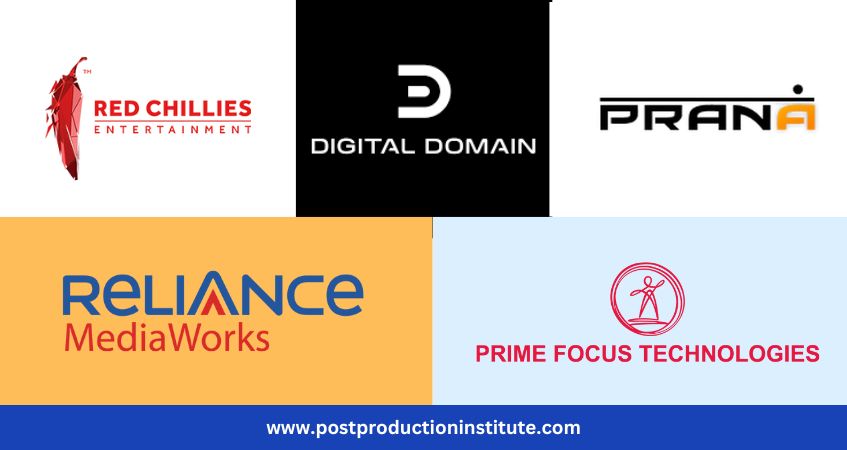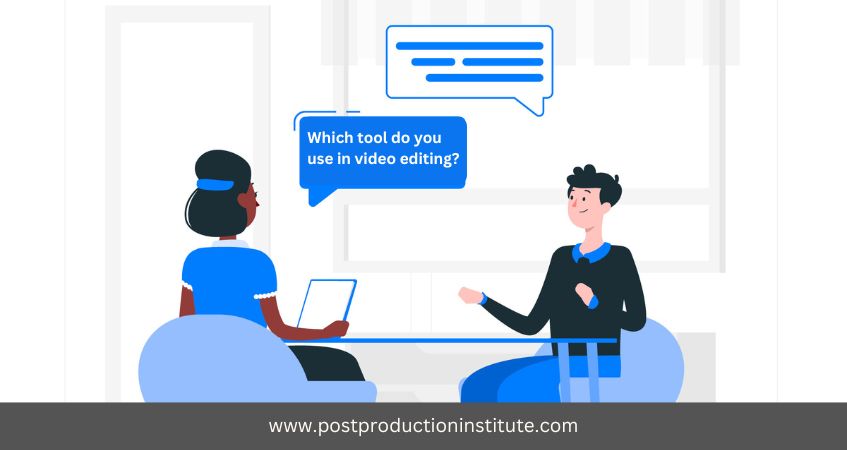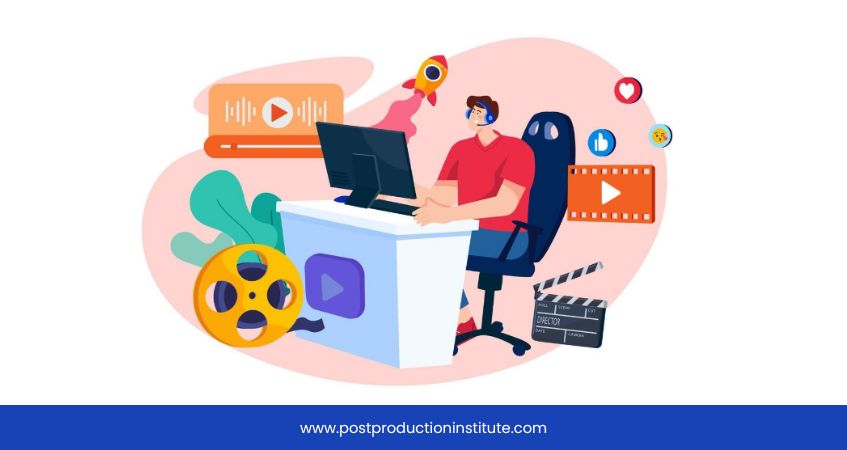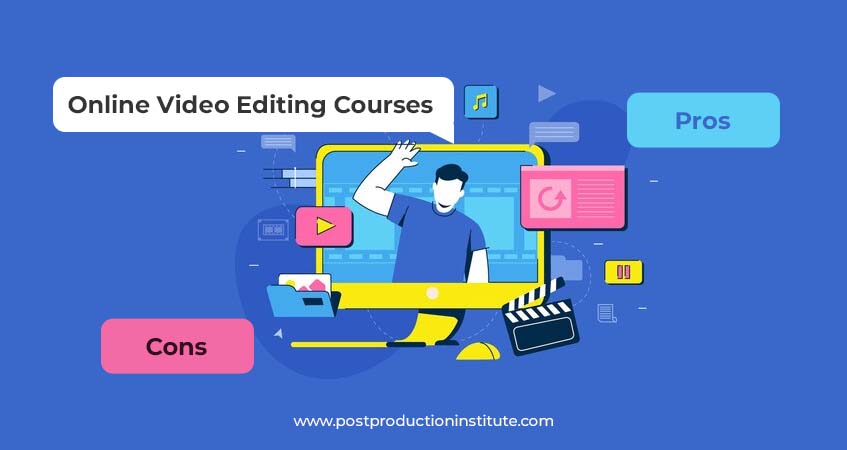After Effects Beginner Guide for Video Editing Course Students
Motion graphics is a trending way of promotion and brand awareness nowadays. Companies hire skilled motion graphics artists who can present brand’s message to the audience in an interactive visual presentation way. They use various applications for it and one of the most crucial one among all is Adobe After Effects. Don’t know about it? Don’t worry as this blog presents After Effects beginner guide for video editing course students.
So, let’s get to know.
Meet with Adobe After Effects
Adobe After Effects comes as the first choice of the post production artists. It is a versatile software which can be used for creating music videos, commercials movies and developing various kind of special effects. It comes with several tools and settings and also supports third-party plug-ins to create stunning motion graphics and compositing.
The purpose of Adobe After Effects
This program is created for designers and video editors. By using different options, it allows to create more expressive and memorable videos, add effects and subtitles to them.
VFX: It also supports one set of visual effects which allows you to replace expensive and dangerous scenes when shooting movies or add music.
Motion graphics: Using After Effects, you can develop computer graphics to create non-existent worlds or transform characters. After Effects also feats for logo animations, transition, presentations, galleries, motion posters and a lot more.
Color Effects: Not only this, it also allows you to correct color correction, change the brightness or sharpness of images, add blur and other effects to videos.
Text: In After Effect, some options can be used to stylize, animate words or individual characters to create Hollywood movie level subtitles.
Plugins: Program can be extended by using plugins.
5 Most Useful After Effects Features
1. Program’s interface
After Effects has very simple and easy to navigate workspace which includes various panels and tools. In order to access the entire workspace, you need to create new project first. There you’ll find main 3 sections. These sections are Project Manager, Composition Viewer and Composition Timeline.
- Project manager is on top left and composition viewer is on right. Here we can create folders and add media files that we will use in the project.
- Timeline area comes at the bottom. Layers are added in the composition area which later on appears in viewer. Apart from this, the timeline area also gives options to add key frames on individual layer.
- Viewer shows the final view of the layer content with key frames and effects. We can change the resolution and view size from the same area.
2. Various Tools
The best part of After Effects is using its tools. It has all shapes to use, you can also work with text and not only this it comes with Pen tool too. For those who are from design background and work with brushes; AE has brush tools for those. These tools help in finalizing the presentations and slideshows specially for creating intros.
3. Amazing Video Effects
After Effects is also known for its special effects that are free to use in the application. It comes with visual effects which can be applied to layers to compose the scene. Simulation effects are also there to add extra stuff like rain or fire. The program includes many different tools and there is also the possibility to use third-party effects.
Also to note that it comes with the chromakey effects as well.
A technology that use a monochrome background when filming your actors, the monochrome background can be replaced with a suitable image when processing the video in After Effects. This is called keying or chromakey. The program has all the necessary tools to perform such a substitution.
4. Animation Presets
Different title animations can be created with a set of animation presets available inside AE. Not only this, After Effects pre-built animation presets for shape animation and 3D as well.
Animation templates are configurations used for layers and animations. Existing templates give possibility for users to create different effects without the skills of a professional motion design.
5. 3D Interface
Do you know that After Effects is also known as 2.5D application? It means that it’s not a plain 2D software rather it has capability to handle 3D effects as well.
It’s 3D interface gives options to work with Z axis transformations, light, camera, shadow, and 3D orientation. 3D text and logo animation can be created very easily in it. It’s 3D feature also helps in compositing.
6. In short
Adobe After Effects is complete package for motion graphics and compositing. Learning it will be very useful for all video editors or for those are interested in making career in video industry.
7. Closing points
In order to get your hands set on AE, it is better to choose any After Effects online course or attend classes offline near you. Our Post Production Institute offers you professional level of video editing training in Delhi and also launched online video editing courses that you can join if you are out of Delhi.
So, start your learning with PPI today.




